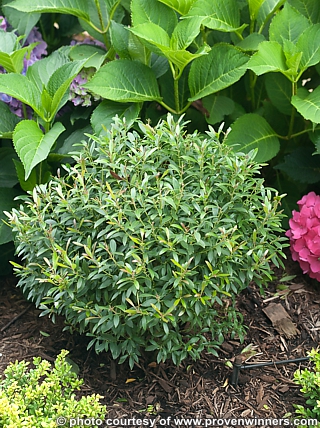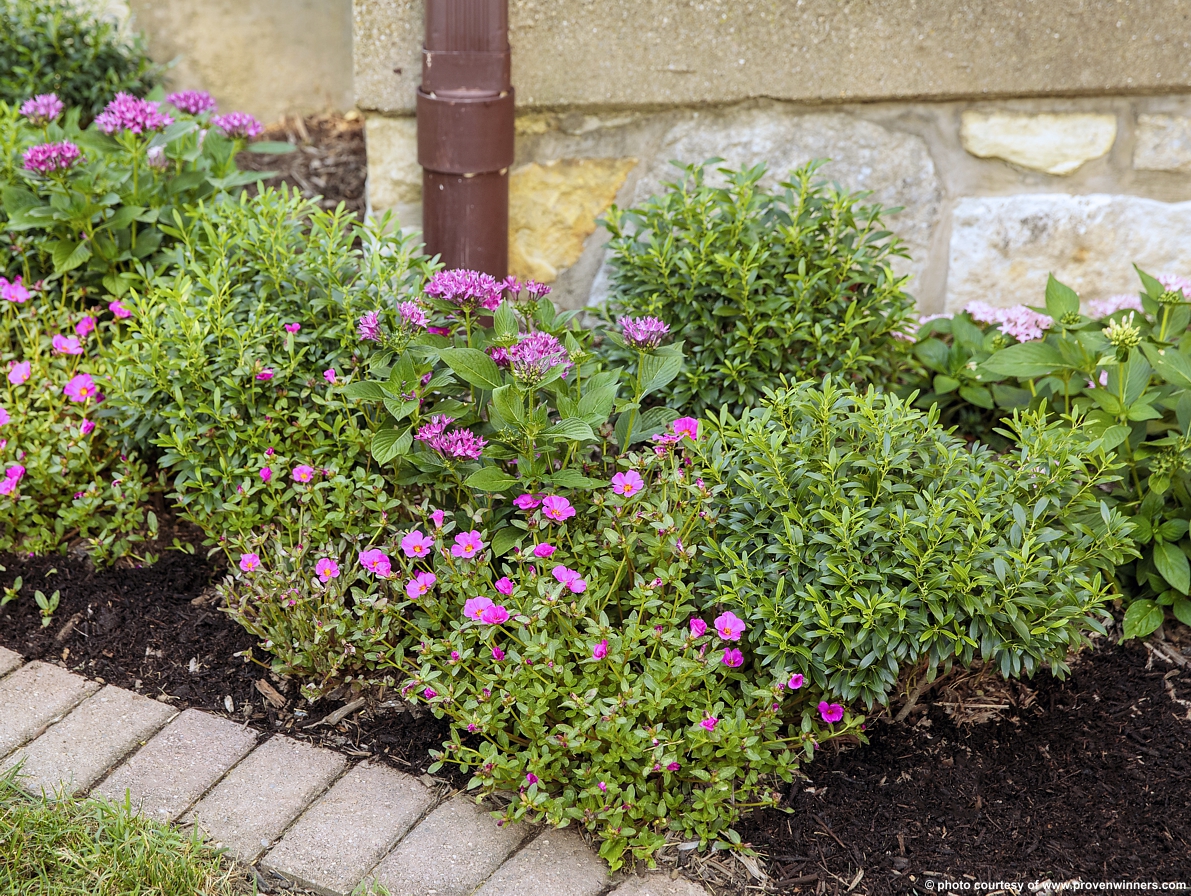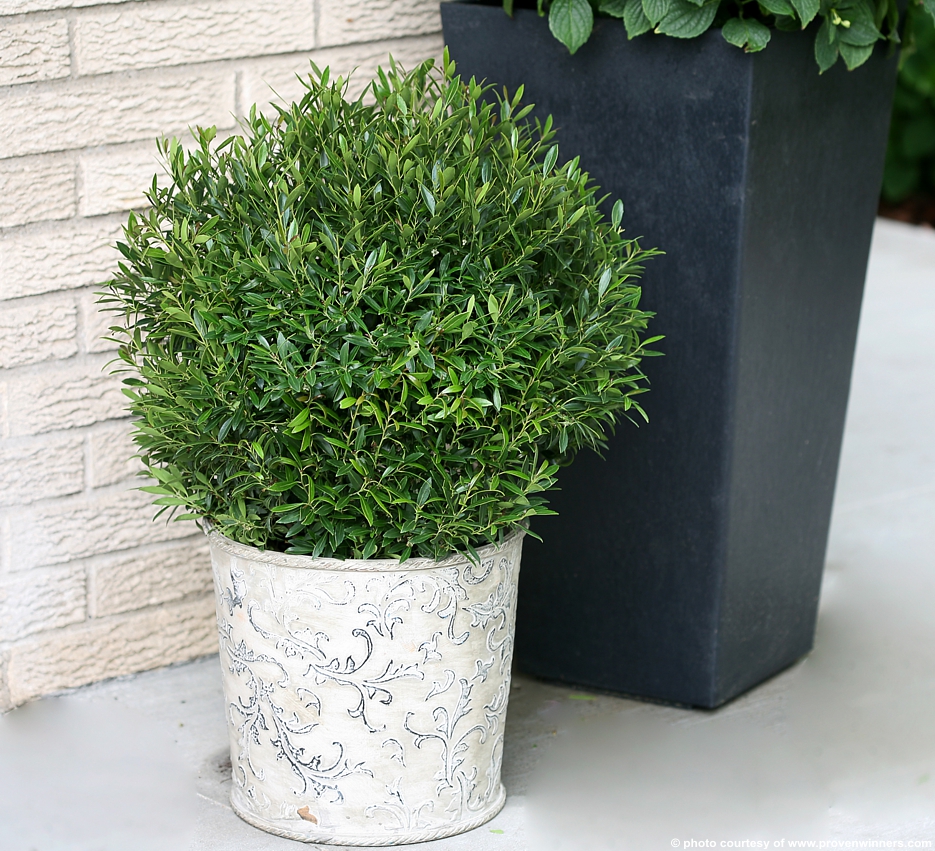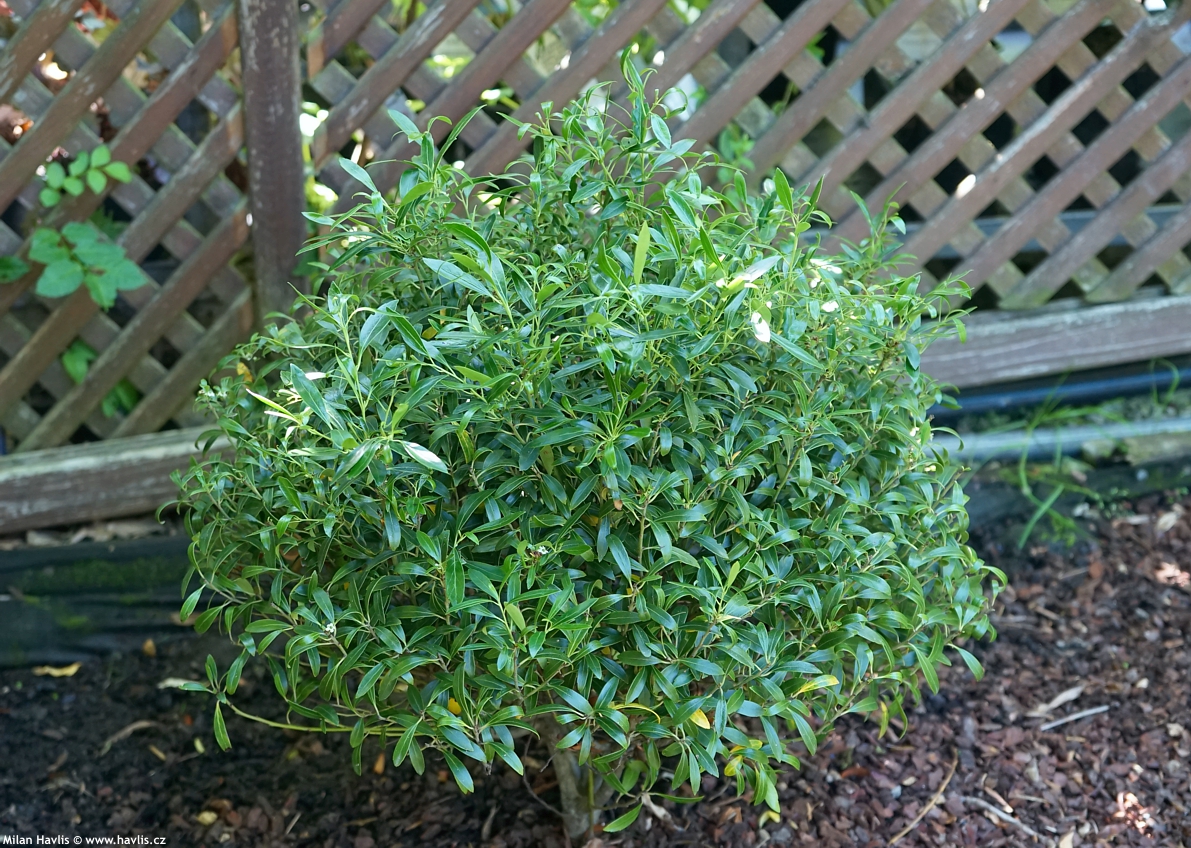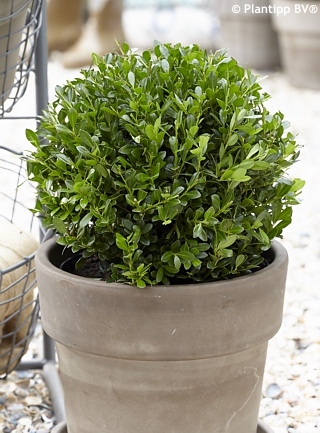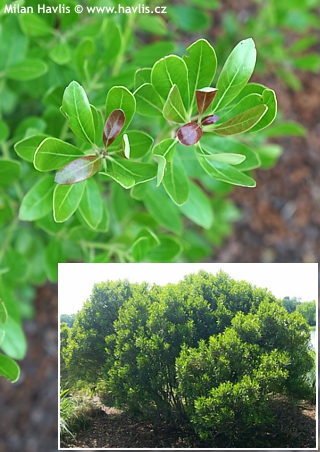Ilex glabra 'SMNIGAB17' GEMBUX® inkberry, gallberry, Apalachian tea


Ilex
Inkberry is one of a few plant species I knew I wanted to grow the moment I came across them. But don’t get me wrong – I am not talking about love at first sight here, it was more of an urge. In some cases, I even dreamt about them long before I saw them in real life. And when I saw them for the first time, I simply knew they would be growing here without a problem. How could I? Don’t ask me. Some call it intuition, others call it destiny. I have no idea. Come to think of it – is it at all legal when intuition inserts commercial breaks into my sleep urging me to seize a plant? Anyhow. All those plants I was prompted to grow and promote here in Central European climate were a success, all of them were evergreen and proved reliable. Just like inkberry. So I won’t be ungrateful and tell you a story about another taxon I simply HAD to cultivate.Ilex glabra has a number of names: inkberry, gallberry, Appalachian tea, dye-leaves or evergreen winterberry. Do you notice that neither of them says holly? Perhaps that’s because it does not really look like one. When a plant has so many names it is usually very old and native to a large area, so each country or state gave it their own name. Its natural habitat is truly vast – from Nova Scotia in Canada to Florida in the USA. It occupies almost the entire east coast of North America and I mean coast literally as it lives not only in common ground but mainly on moist and boggy banks. It looks like those small-leaved bog plants from the heath and heather family and makes them a great company. It grows slowly and forms dense, many branched colonies.
It grows slowly and is smaller than the species. It seldom required pruning but can be clipped and trimmed in any way, preferably in early spring. It even takes hard pruning for rejuvenation. Being stoloniferous it produces above-ground suckers which root readily and form colonies just like ground-covering honeysuckle. Unrequired spreading can be controlled easily by removing these stolons or using strong mulching sheets. GEMBUX® was bred by Timothy D. Wood from the Spring Meadows Nursery, USA, and granted these patents: EU 61507 (Europe – 2022) and PP27554 (USA – 2017).
It requires acidic soil with plenty of organic matter, constant moisture, full sun or part shade. It can even take wet ground and heavy (clay and compacted) soil but never transplant new plants into large holes with a risk of standing water – they need to get used to wet ground first. Perfectly hardy to min. -34 °C (USDA zone 4) and some US sources even suggest -40 °C (USDA zone 3).
Last update 14-04-2023
Goods are shipped all over Europe. For Russia and U.K. and for further details please read about SHIPPING OPTIONS HERE.
Are you interested in a serious discount for orders NOV-FEB? Check your options here.
THE PRICES INCLUDE VAT of 15%. For quick conversion you can use 1 CZK = approx. 0.04 EUR
- STANDARD QUALITY - Plants of this group are 1st class quality with number of branches and overall density adequate to their size and age, considering they were container grown.
- DE LUXE QUALITY - This label guarantees a luxurious quality of manually selected plants that, compared to their height and age, are exceptionally dense and beautiful.
- EXTRA - These plants are usually mature and bigger specimens with exceptional overall appearance.
- STANDARD (as described in the plant form) means a tree with a trunk of 190-210 cm and a crown at the top, unless specified differently. The commercial size for trees is their girth measured in the height of 1m from ground.
- HOBBY - These plants are of the same quality as our standard-quality plants but younger and therefore cheaper.
- SHRUB - a woody plant with branches growing bushy from the ground level.
- HALF-STANDARD or MINI-STANDARD - a small tree with shorter trunk, its size is usually specified.
- FEATHERED - These are trees with branches growing already from the base of the trunk and up along the stem.
- GRASSES and PERENNIALS - Sizes given usually read the diameter of the pot or the clump, as specified.

































